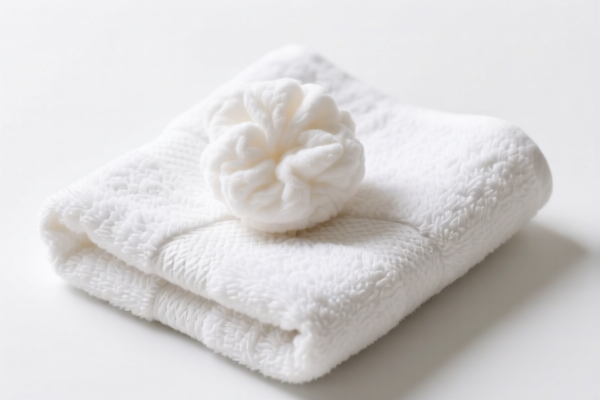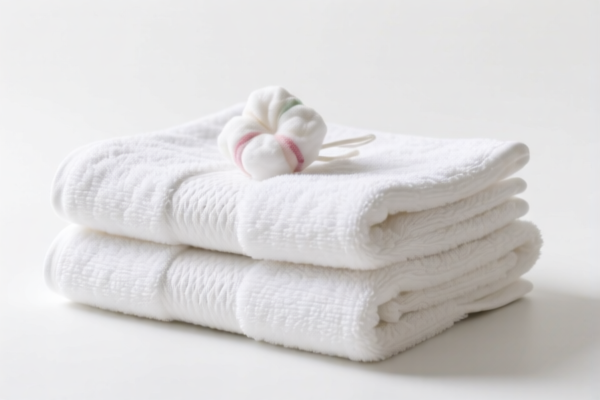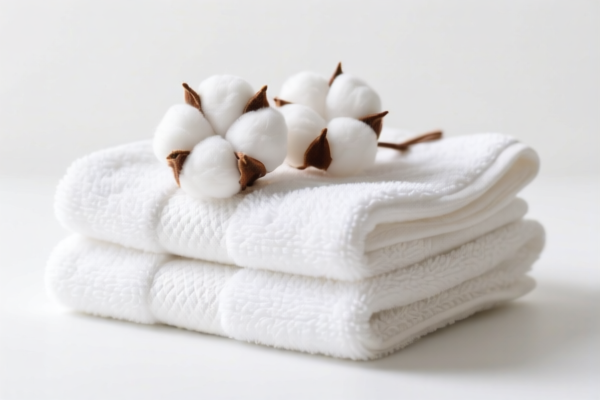| HS Code | Official Doc | Tariff Rate | Origin | Destination | Effective Date |
|---|---|---|---|---|---|
| 6304192000 | Doc | 36.5% | CN | US | 2025-05-12 |
| 6304930000 | Doc | 39.3% | CN | US | 2025-05-12 |
| 9404409022 | Doc | 42.8% | CN | US | 2025-05-12 |
| 9404909622 | Doc | 37.3% | CN | US | 2025-05-12 |
| 5601220091 | Doc | 61.3% | CN | US | 2025-05-12 |
| 5601220050 | Doc | 61.3% | CN | US | 2025-05-12 |
| 5609003000 | Doc | 59.5% | CN | US | 2025-05-12 |
| 5609004000 | Doc | 58.9% | CN | US | 2025-05-12 |
| 5404900000 | Doc | 55.0% | CN | US | 2025-05-12 |
| 5404198080 | Doc | 61.9% | CN | US | 2025-05-12 |
| 6505008015 | Doc | 18.7¢/kg + 6.8%+55.0% | CN | US | 2025-05-12 |
| 6505008090 | Doc | 18.7¢/kg + 6.8%+55.0% | CN | US | 2025-05-12 |
| 6506910060 | Doc | 55.0% | CN | US | 2025-05-12 |
| 6506996000 | Doc | 63.5% | CN | US | 2025-05-12 |
| 3924905650 | Doc | 40.9% | CN | US | 2025-05-12 |
| 3924900500 | Doc | 40.6% | CN | US | 2025-05-12 |




Microfiber Hair Towel
A microfiber hair towel is a specialized towel designed for drying hair, constructed from synthetic fibers significantly finer than traditional cotton towels.
Material
The core component is microfiber, typically a blend of polyester and polyamide (nylon). These fibers are split into extremely small strands, increasing surface area and creating a texture with numerous tiny gaps. Common microfiber blends include 80% polyester and 20% polyamide, though ratios vary. The fineness is measured in denier; lower denier numbers indicate finer, softer fibers.
Purpose
Traditional cotton towels can cause friction, leading to frizz and breakage when drying hair. Microfiber towels are engineered to minimize this damage while offering superior absorbency. They are marketed towards all hair types, but particularly benefit curly, fragile, or color-treated hair.
Function
Microfiber towels work through capillary action. The numerous fibers draw water away from the hair shaft, reducing drying time and associated damage. They absorb a significantly larger volume of water compared to cotton, holding up to several times their weight in water. This reduces the need for vigorous rubbing, which can disrupt the hair cuticle.
Usage Scenarios
- Post-Wash Drying: The primary use is to gently squeeze excess water from hair after shampooing or conditioning.
- Curly Hair Styling (Plopping): Frequently used in the "plopping" technique, where hair is wrapped in the towel to encourage curl formation.
- Travel: Their lightweight and quick-drying properties make them suitable for travel.
- Gym/Swimming: Useful for drying hair after workouts or swimming.
- General Hair Care: Can be used daily to reduce blow-drying time and heat damage.
Common Types
- Traditional Wrap Style: A rectangular towel secured with a button or tie.
- Hooded Towels: Feature a hood for hands-free drying.
- Snap Button Closure: Towel with snap buttons for a secure fit around the head.
- Twisted/Spiral Towels: Designed to reduce friction and tangling.
- Hair Wraps: Larger, more absorbent wraps designed for longer hair.
- Flat Lay Towels: Rectangular towels, often larger in size, used for wrapping or laying flat on the head.
Care Instructions
Generally machine washable. Avoid fabric softeners and bleach, as they can reduce absorbency. Tumble dry on low heat or air dry. Regular washing is recommended to maintain hygiene and optimal performance.
Microfiber hair towels are absorbent towels specifically designed for drying hair, typically made from synthetic fibers. They are used to reduce drying time and minimize hair damage.
Here are relevant HS codes based on the provided reference material:
- 6304192000: This HS code falls under Chapter 63 (Other furnishing articles, excluding those of heading 9404). Specifically, it covers Heading 6304 (Other furnishing articles). The Subheading 630419 refers to bedspreads, other, of man-made fibers, other. While not a direct match, microfiber towels could be classified here if considered a furnishing article. The basic tariff is 6.5%, with no additional tariff currently, but a 30.0% additional tariff will apply after April 2, 2025, resulting in a total tariff of 36.5%.
- 5601220091: This HS code is under Chapter 56 (Wadding of textile materials and articles thereof; textile fibers, not exceeding 5 mm in length (flock), textile dust and mill neps). Heading 5601 covers wadding of textile materials and articles thereof. The Subheading 5601220091 specifically refers to wadding of textile materials and articles thereof, of man-made fibers, other. If the towel is constructed primarily of wadding, this could be applicable. The basic tariff is 6.3%, with an additional tariff of 25.0%, and a further 30.0% additional tariff after April 2, 2025, resulting in a total tariff of 61.3%.
- 6505005030: This HS code falls under Chapter 65 (Hats and other headgear, knitted or crocheted, or made up from lace, felt or other textile fabric, in the piece (but not in strips), whether or not lined or trimmed; hair-nets of any material, whether or not lined or trimmed). Specifically, it covers Heading 6505 (Hats and other headgear, knitted or crocheted, or made up from lace, felt or other textile fabric, in the piece (but not in strips), whether or not lined or trimmed). The Subheading 6505005030 refers to other, other, of man-made fibers, knitted or crocheted or made up from knitted or crocheted fabric, wholly or in part of braid, for babies. While not a direct match, if the towel is knitted or crocheted and made of man-made fibers, this could be considered. The basic tariff is 6.8%, with an additional tariff of 25.0%, and a further 30.0% additional tariff after April 2, 2025, resulting in a total tariff of 61.8%.
It is important to note that the correct HS code classification depends on the specific material composition and construction of the microfiber hair towel.
Customer Reviews
No reviews yet.